There are plants оn Earth that survive at extremely low temperatures, feel good in deserts and salt marshes, and are able to grow in a rather aggressive environment. Such properties of photosynthetics can be useful in the colonization of Mars or the Moon.
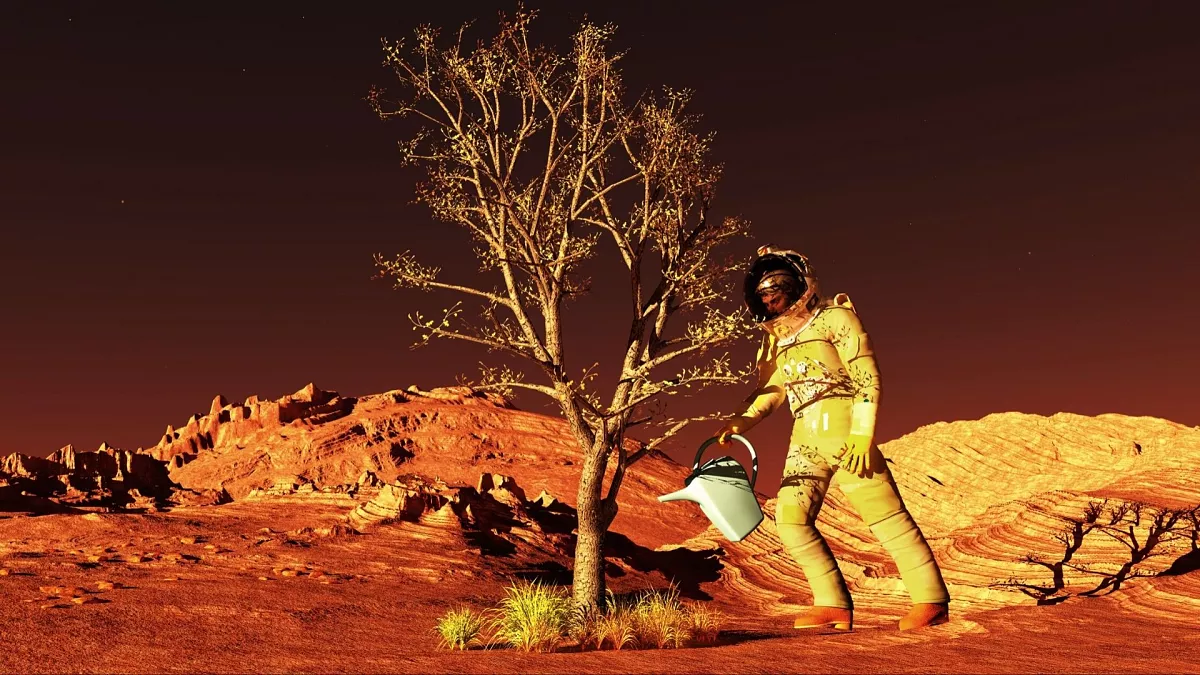
Representatives of the plant world have occupied not only warm, humid and comfortable environments on Earth, but also the harshest and most unfriendly corners of our planet. Photosynthetic organisms have adapted to dry, cold, hot places with high salinity and minimal amounts of trace elements. The extreme cold of Antarctica, the wide range of temperature fluctuations and severe desert drought, and saline soils do not frighten different types of vascular plants at all. For example, the species Thellungiella halophila (cabbage) can withstand extreme cold (down to -19 °C), drought, and salinity (salt concentration of 100-500 mM). This extremophile plant grows in alkaline salt marshes in the Yukon Territory of Canada. The habitat is characterized by a semi-arid climate with a very short growing season (the period of plant growth and development). The permafrost soils are saturated with calcium carbonate, magnesium sulfate, and sodium chloride, and there is a deficit of macronutrients necessary for the plant. Two species of vascular plants, namely Deschampsia antarctica (Antarctic meadow grass, cereals) and Colobanthus quitensis (Kito colobantus, carnations), live in the Antarctic.
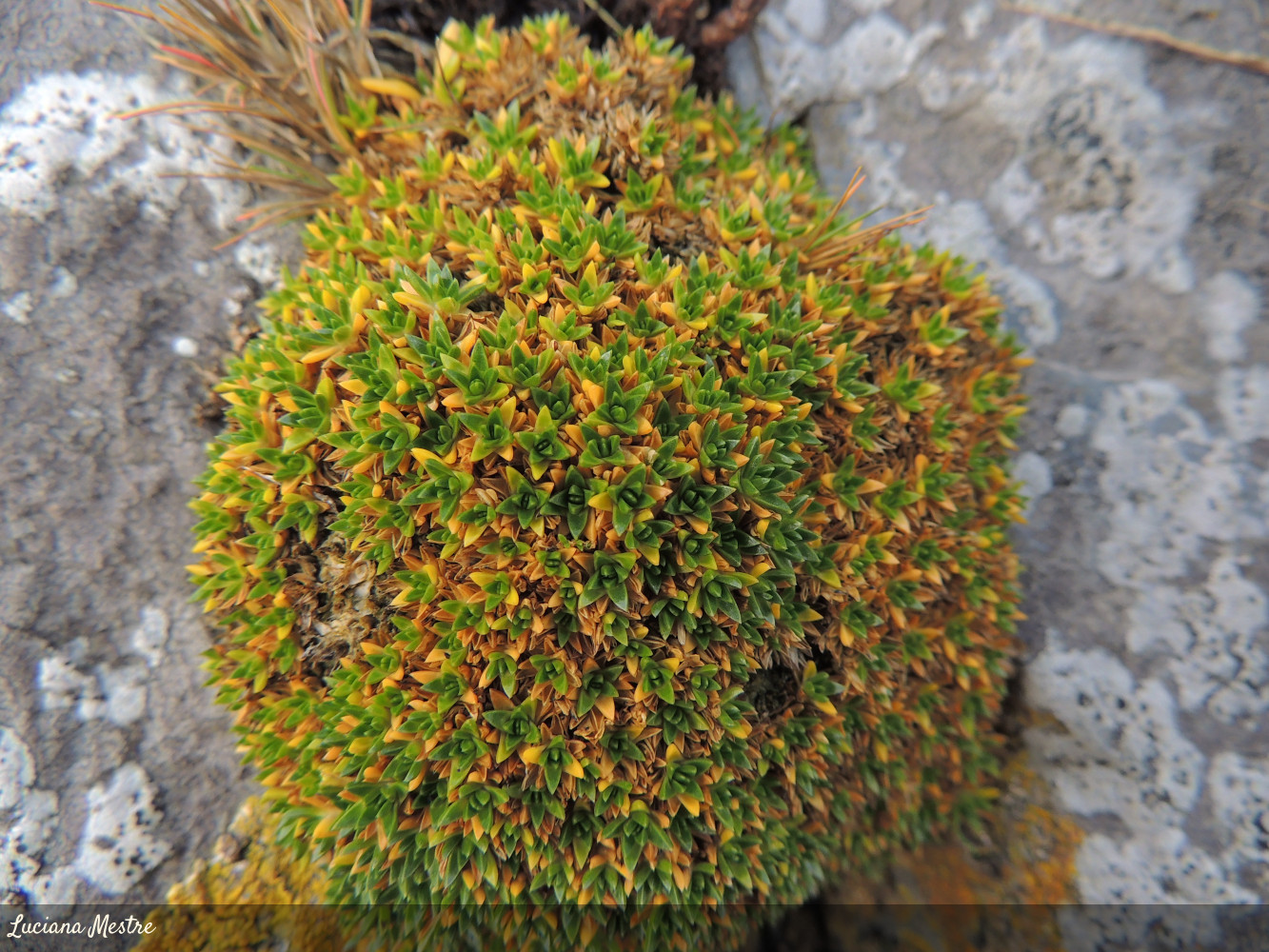
The study of resistance mechanisms of extremophile plants can have practical applications. It is well known that abiotic stresses (drought, temperature fluctuations, elemental deficiencies, salt and water stress, etc.) dramatically reduce crop yields, which can pose a threat to food security. In addition, according to UN forecasts, by 2050, the population will reach 9.7 billion people, and the demand for agricultural products in the world will double. This problem is likely to be exacerbated by climate change in the future. In addition, ecosystem degradation due to overgrazing or inappropriate irrigation management has led to a reduction in the area suitable for growing crops. Therefore, the study of extremophile plants will allow us to apply their resilience mechanisms to crops and expand agricultural land in arid and desert areas.
Some plants are able to survive adverse conditions in cryptobiosis, a state in which all metabolic processes of the organism are almost suspended, and are restored after the adverse factors cease. For example, let’s think of the mosses Bryum pseudotriquetrum and Sanionia uncinata from the Antarctic (Adelaide Island), dating back to the fourteenth century. They survived through cryptobiosis, being under the ice cover for six centuries, and successfully restored their metabolic activity.
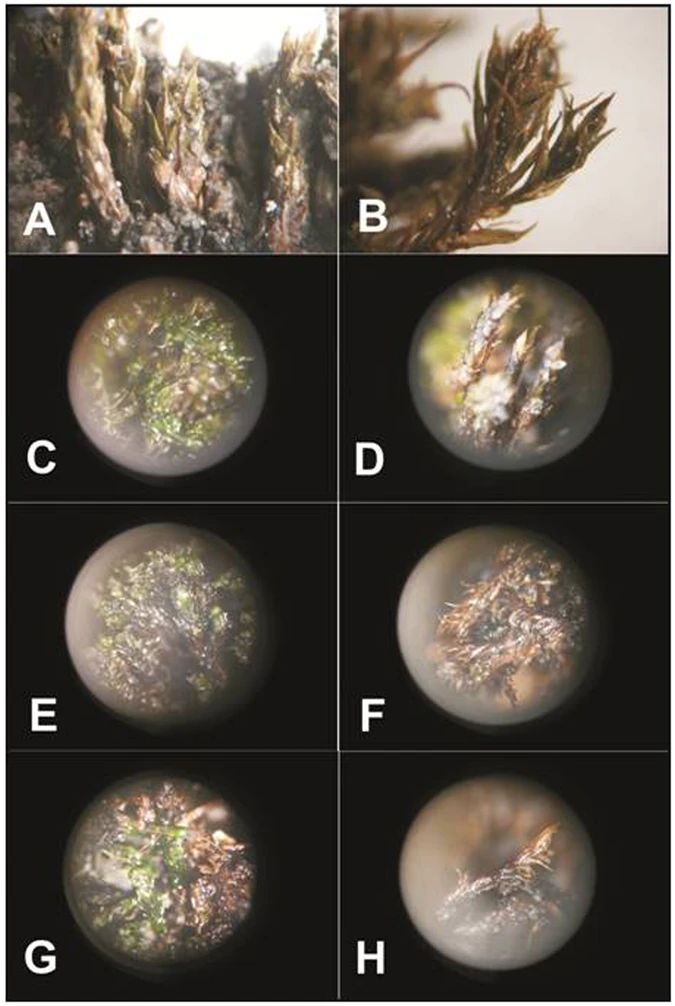
There are reports of survival of mosses and lichens using the same cryptobiosis in Kaelin’s laboratory experiments. Fragments of mosses and lichens that were pre-dried and cooled to -273 °C and stored for about two hours at -272 °C survived. The regeneration of mosses after cryptobiosis was demonstrated in laboratory experiments with herbarium (dried state) and frozen material stored for up to twenty years. Ferns and covered-seeded plants “came to life” after five years of cryptobiosis. Long-term cryptobiosis, lasting for centuries, has been described for seeds of angiosperms, although germination was obtained only in the laboratory using cloning and in vitro cultivation.
An interesting example of the “resurrection” of the Silene stenophylla (carnation) plant from the maternal tissues of late Pleistocene fruits preserved in relict permafrost. The fruits of the plant were found in northeastern Siberia in a fossil squirrel burrow at a depth of 38 meters, where the temperature was -7 °C. Radiocarbon dating revealed the age of the relict fruit: 31,800 ± 300 years. Incredibly, the ancient plant was recreated using in vitro tissue culture and clonal micropropagation. The regenerated plants bloomed and produced fruit!
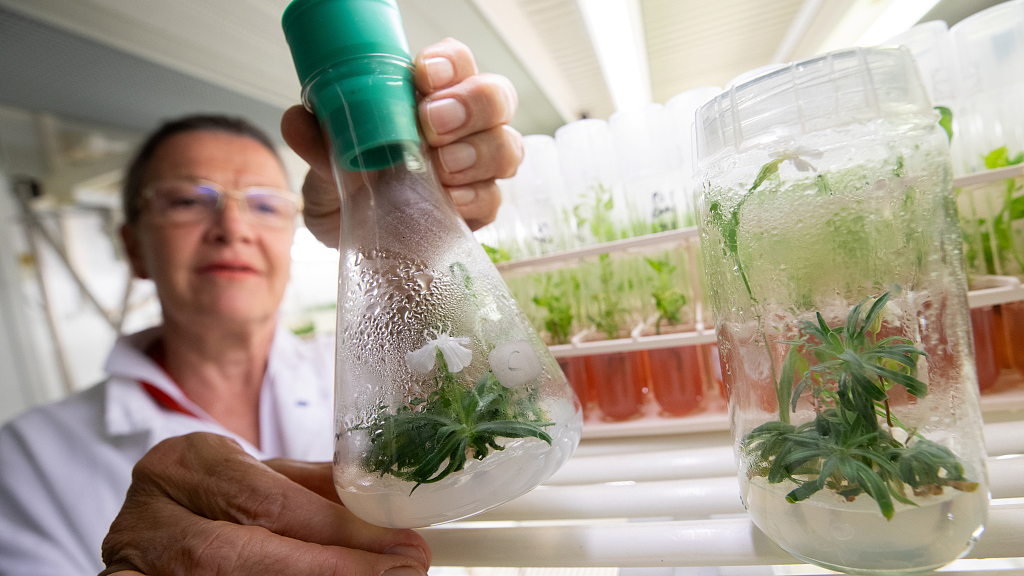
The future prospects of the cryptobiosis phenomenon, in particular the study of its mechanisms, can be used in medicine – for the storage of organs and tissues through cryopreservation; in agriculture to preserve varieties of important crops; to preserve biodiversity, namely germplasm, embryogenic cells of bare-seeded and covered-seeded plants. As well as for space exploration – we are talking about the state of rest during space travel, the use of anhydrobiosis (a state of cryptobiosis that occurs during extreme dehydration) and cryobiosis (during freezing) to protect organisms from the effects of space or the exoplanetary environment.
Space research has already been conducted on higher plants. Arabidopsis thaliana was grown entirely in microgravity on the ISS. Interestingly, the plants grown in space had morphological peculiarities, namely, the inflorescences grew perpendicular to the main stem. The protein inclusions of the “space” seeds were 55% smaller than those grown on Earth. However, the protein content was only 9% lower than in the control. The germination rate of the “space” seeds was 92%, indicating normal seed development in microgravity.
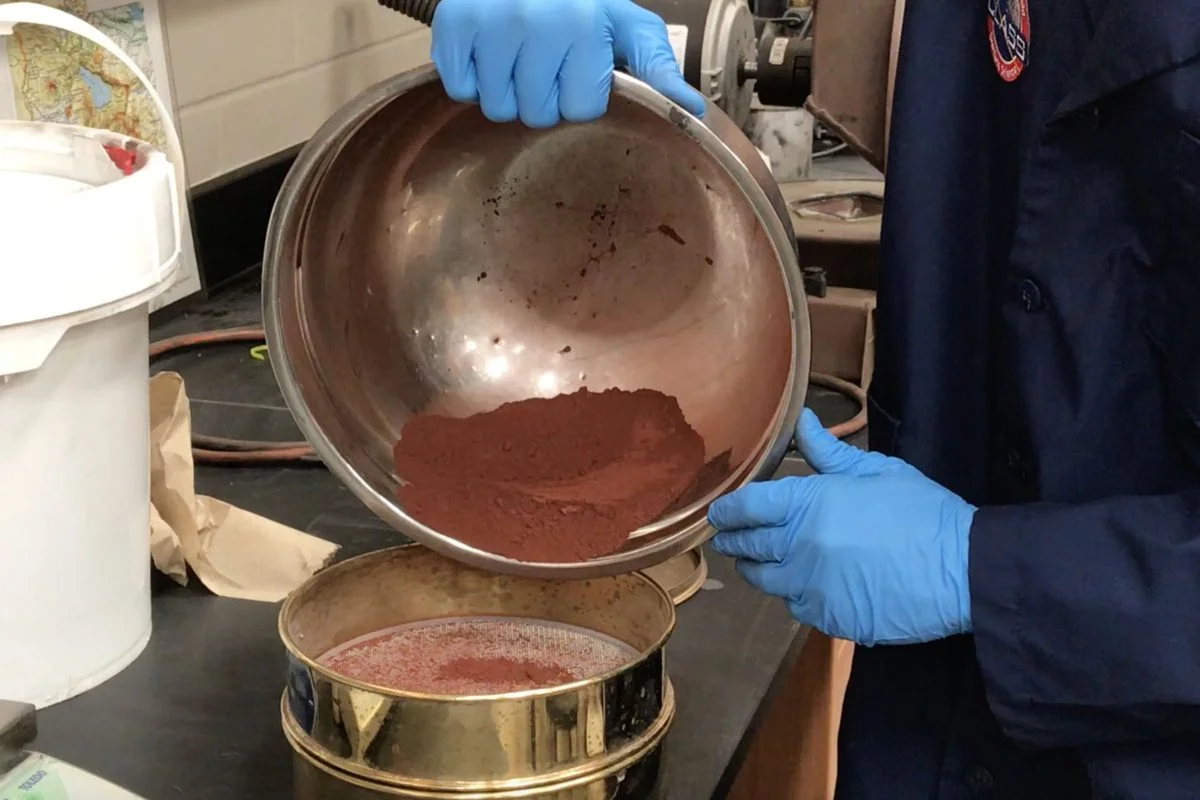
In another study, seeds of Arabidopsis thaliana and Nicotiana tabacum (tobacco) were germinated after a year and a half of exposure outside the ISS. A spectrum of extreme space factors, including UV radiation, galactic cosmic radiation, temperature fluctuations, space vacuum, etc. were present there. Of the 2,100 seeds, only 23% produced viable plants upon returning to Earth. Tobacco had the highest survival rate (44%).
Another object studied in space was the moss genus Grimmia. During the European Space Agency’s EXPOSE-R2 mission to the ISS, the BIOMEX (Biology and Mars Experiment) experiment was conducted to investigate the possible settlement of Mars and the study of the limits of life. The experiment simulated various combinations of abiotic space and Martian conditions to analyze the stability of a number of model organisms, including extreme temperatures (-25 °C to +60 °C), vacuum, and Martian surface ultraviolet radiation in different atmospheres. Experiments have shown that UV radiation (200-400 nm) with a maximum dose of 5 and 6.8×105 kJ/m² was the only stress for the moss of the genus Grimmia. The negative effect on viability was manifested in a decrease in photosynthetic activity by 37% (Earth’s atmosphere) and 36% (space and Martian atmospheres). For each exposure to UV radiation (200-400 nm) at a dose of 105 kJ/m², the viability of moss decreased by 6%. However, it is interesting that no other stress factors were detected for the plant, which indicates the high resistance of the Grimmia genus to extreme abiotic factors.
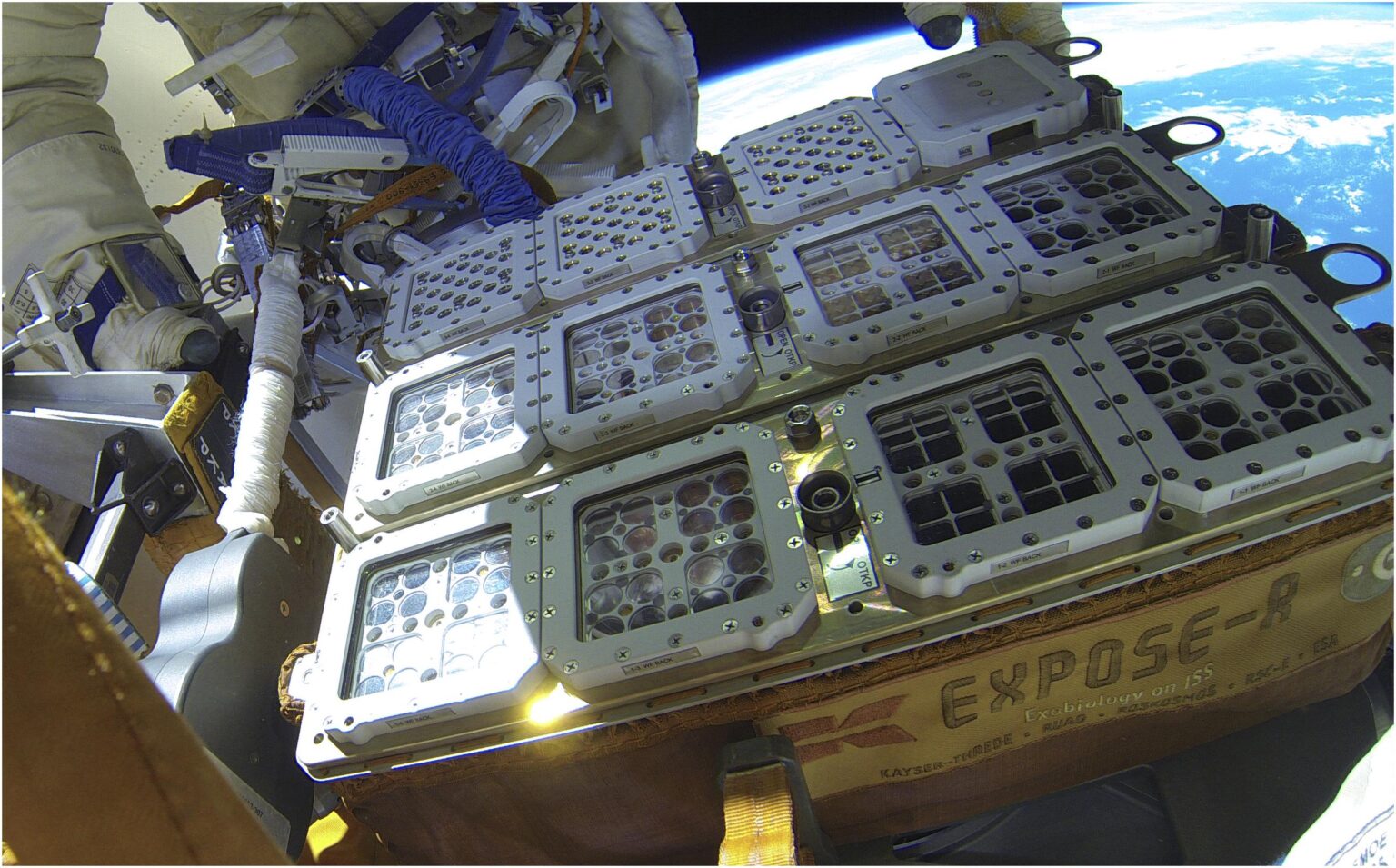
Learning how to grow plants in space is a key goal for long-term space missions. After all, growing crops in mission conditions will help with air regeneration, food production, and water recycling. Plants are one of the main candidates among living organisms for future space missions! It is enough to mention that it was green photosynthetic organisms that made a huge contribution to changing the atmosphere of the ancient Earth by releasing oxygen. This is likely to be useful during long-term space missions. However, we should not forget about the Earth’s “green lungs”! What else but forests and ocean phytoplankton (microscopic algae and cyanobacteria) saturate our planet with oxygen? So let’s protect these green friends, and maybe plant at least one tree.
Author: Anna Berezkina, researcher at the National Antarctic Research Center of the Ministry of Education and Science of Ukraine.
This article was published in Universe Space Tech magazine #6(187) 2021. You can buy this issue in electronic or paper versions in our store.


